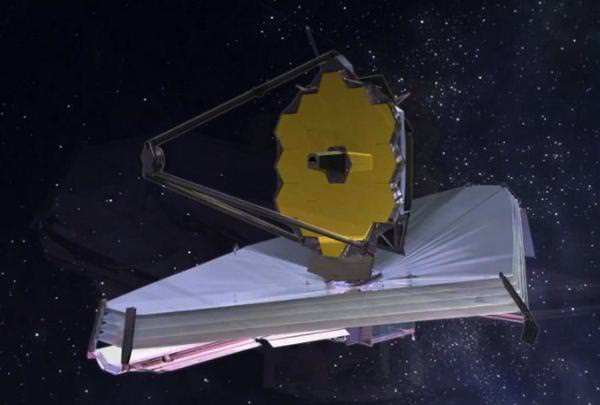The James Webb Telescope is all gold, and there’s a reason for it
the James Webb Telescope, the most powerful space telescope ever designed by the NASA, the European Space Agency (ESA) and the Canadian Space Agency, should fly into space on December 24 at the earliest, after a succession of postponements (it was initially to take off in October and then on December 22).
The JWT has 6 huge actuators (to precisely position the telescope once in space) and a huge main mirror 6.5 meters in diameter, a wingspan almost three times the size of Hubble (2 , 4 m in diameter). This main mirror is itself made up of eighteen hexagonal segments quite similar to the cells of a bee hive.
The comparison with the beehive is not limited to the shape of the segments: the main mirror is indeed entirely covered with gold (in fact gold with beryllium, which makes it possible to withstand the extreme cold of space) , and this for a reason as simple as rarely mentioned: gold is the most reflective material, with an extremely high level of reflectivity (98%) and this over a wide band of wavelengths. In other words, the smallest visible photon passing in front of this mirror will be reflected by the gold, and therefore visible afterwards by the telescope; necessarily crucial when it comes to observing the most distant objects in the universe …


